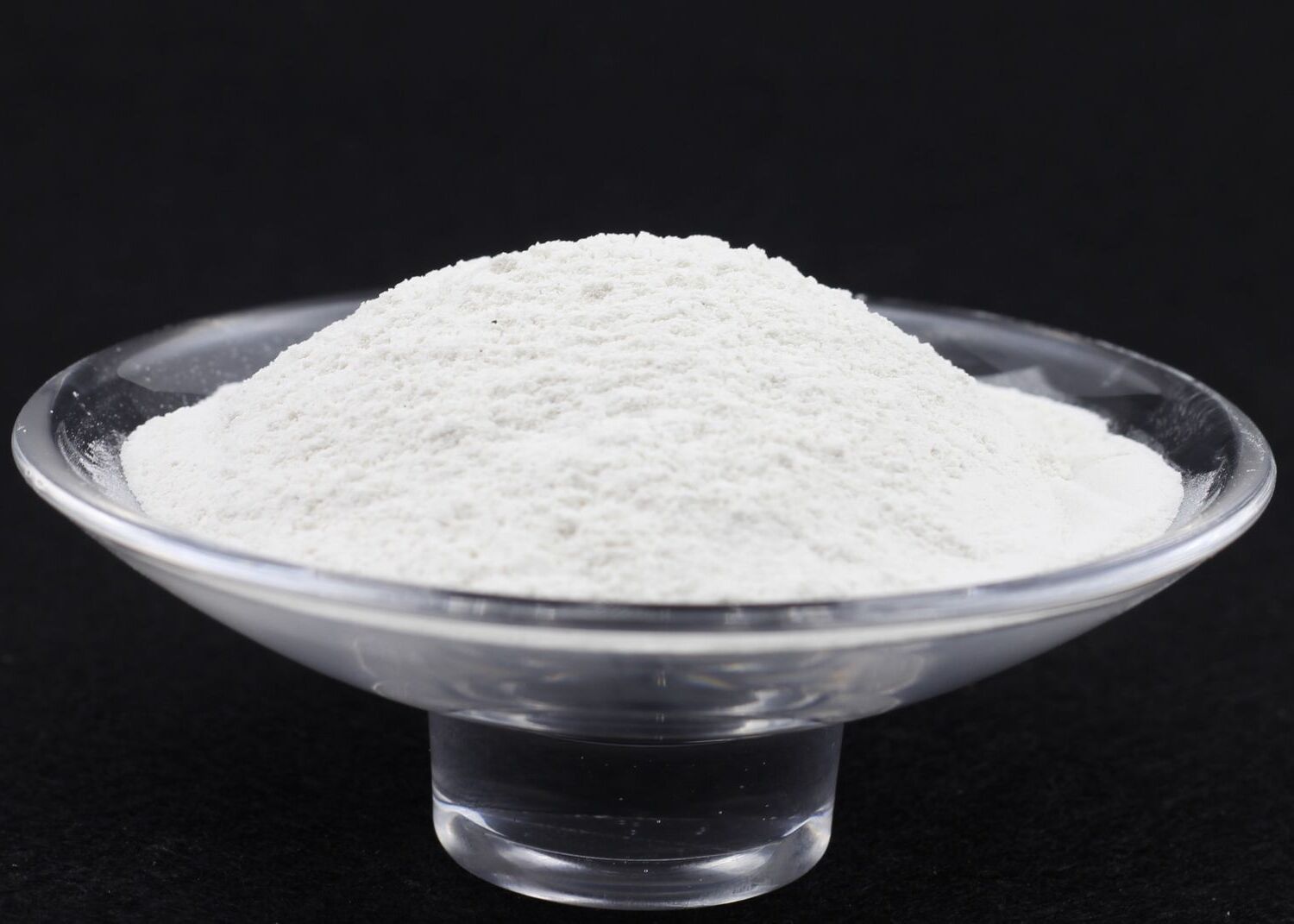
Cerium(III) fluoride might sound like a mouthful, but this compound is more interesting than you might think. Cerium is a rare earth element, and when combined with fluorine, it forms a compound with unique properties and uses. From its role in optical materials to its applications in nuclear reactors, cerium(III) fluoride is a key player in various fields. Ever wondered why your camera lens works so well or how certain types of glass are made? Cerium(III) fluoride might be the answer. Let's dive into 25 intriguing facts about this fascinating compound that you probably didn't know!
Key Takeaways:
- Cerium(III) fluoride, or cerous fluoride, is a white solid with diverse uses. It's in optical coatings, glass manufacturing, catalysis, metallurgy, and even nuclear reactors due to its unique properties.
- Handling cerium(III) fluoride requires precautions. It's slightly soluble in water, reacts with acids, and has low toxicity. Store it properly, use protective gear, and dispose of waste responsibly.
What is Cerium(III) Fluoride?
Cerium(III) fluoride, also known as cerous fluoride, is a chemical compound with the formula CeF₃. It is a white, crystalline solid that has various applications in industries and research. Let's dive into some fascinating facts about this compound.
Basic Properties of Cerium(III) Fluoride
Understanding the fundamental properties of cerium(III) fluoride helps in grasping its applications and behavior.
- Chemical Formula: The chemical formula for cerium(III) fluoride is CeF₃.
- Appearance: It appears as a white, crystalline solid.
- Molecular Weight: The molecular weight of CeF₃ is approximately 197.11 g/mol.
- Melting Point: Cerium(III) fluoride has a melting point of around 1,460°C (2,660°F).
- Boiling Point: The boiling point of CeF₃ is about 2,300°C (4,172°F).
Applications of Cerium(III) Fluoride
Cerium(III) fluoride is used in various fields due to its unique properties.
- Optical Coatings: It is used in optical coatings for lenses and mirrors due to its low refractive index.
- Glass Manufacturing: CeF₃ is added to glass to improve its ultraviolet light absorption.
- Catalysis: It acts as a catalyst in certain chemical reactions, enhancing the reaction rate.
- Metallurgy: Used in the production of certain metal alloys to improve their properties.
- Nuclear Industry: Employed in nuclear reactors due to its ability to absorb neutrons.
Chemical Behavior and Reactions
Cerium(III) fluoride exhibits interesting chemical behavior and reactions.
- Solubility: It is slightly soluble in water but more soluble in acids.
- Reactivity with Water: CeF₃ does not react significantly with water under normal conditions.
- Reaction with Acids: It dissolves in acids, forming cerium(III) salts and releasing hydrogen fluoride gas.
- Thermal Stability: CeF₃ is thermally stable, maintaining its structure at high temperatures.
- Oxidation State: Cerium in CeF₃ is in the +3 oxidation state.
Safety and Handling
Handling cerium(III) fluoride requires certain precautions due to its chemical nature.
- Toxicity: CeF₃ is considered to have low toxicity but should still be handled with care.
- Protective Equipment: Use gloves and safety goggles when handling the compound.
- Storage: Store in a cool, dry place away from moisture and incompatible substances.
- Inhalation Hazard: Avoid inhaling dust as it can cause respiratory irritation.
- Environmental Impact: Dispose of waste material according to local environmental regulations.
Interesting Facts
Here are some intriguing tidbits about cerium(III) fluoride that you might find surprising.
- Crystal Structure: CeF₃ crystallizes in the hexagonal crystal system.
- Luminescence: It can exhibit luminescence, making it useful in certain lighting applications.
- Magnetic Properties: CeF₃ has paramagnetic properties, meaning it is weakly attracted to magnetic fields.
- Historical Use: Historically, cerium compounds were used in gas mantles for lighting before electric lights became widespread.
- Research: Ongoing research explores new applications for CeF₃ in advanced technologies such as quantum computing and photonics.
The Final Word on Cerium(III) Fluoride
Cerium(III) Fluoride, a fascinating compound, plays a crucial role in various industries. From its use in glass manufacturing to its applications in optics, this compound proves its versatility. Its ability to improve the quality of glass and ceramics makes it invaluable. Additionally, its role in radiation detection highlights its importance in safety and medical fields.
Understanding these facts about Cerium(III) Fluoride helps appreciate its significance. Whether you're a student, a professional, or just curious, knowing about this compound enriches your knowledge. It’s clear that Cerium(III) Fluoride isn’t just another chemical; it’s a key player in many technological advancements.
So, next time you encounter Cerium(III) Fluoride, remember its diverse applications and the impact it has on our daily lives. Knowledge truly is power, and now you’re equipped with some fascinating facts about this remarkable compound.
Frequently Asked Questions
Was this page helpful?
Our commitment to delivering trustworthy and engaging content is at the heart of what we do. Each fact on our site is contributed by real users like you, bringing a wealth of diverse insights and information. To ensure the highest standards of accuracy and reliability, our dedicated editors meticulously review each submission. This process guarantees that the facts we share are not only fascinating but also credible. Trust in our commitment to quality and authenticity as you explore and learn with us.
